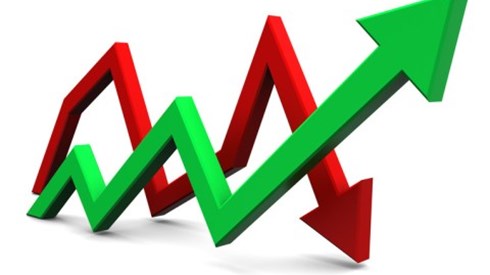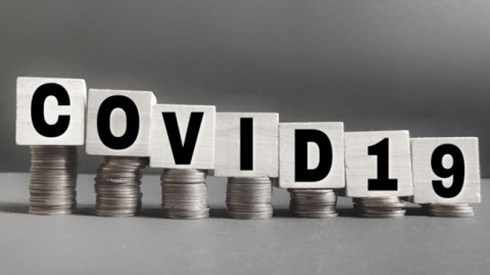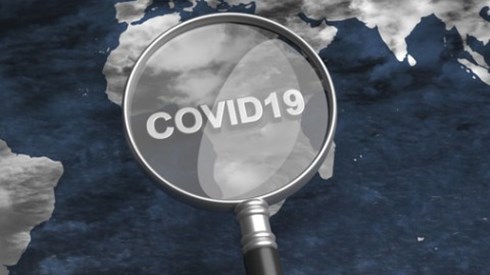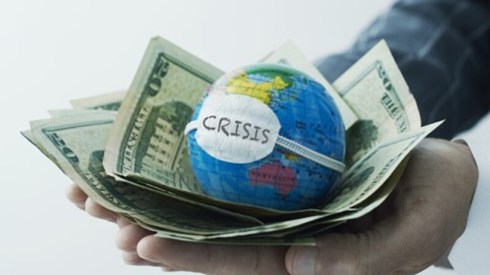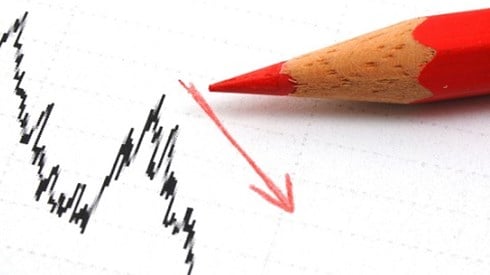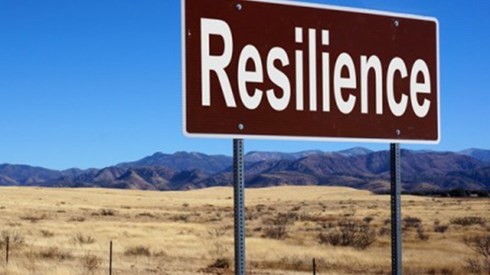COVID-19 Impact Could See Major Catastrophe Testing for Some Reinsurers
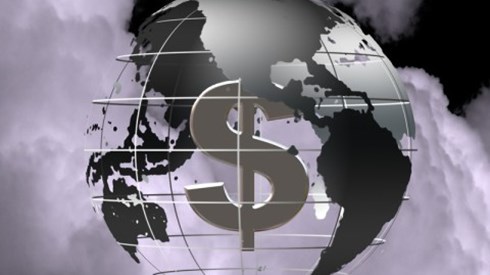
September 11, 2020

A major catastrophe combined with the impact of the COVID-19 pandemic could prove to be a capital event for some reinsurers, according to a new comment from S&P Global.
The rating agency noted that insured losses and investment volatility related to the COVID-19 pandemic have already eroded much of the global reinsurance industry's earnings buffers for 2020.
While the industry's strong capital adequacy is generally sufficient to cushion it against catastrophe risk exposure, S&P said reinsurers that have shown a higher appetite for natural catastrophe risks and are also more exposed to the pandemic could be tested by even an average catastrophe loss year.
This year could become a capital event for the reinsurance industry simply by matching 2019, which was a fairly average catastrophe year with $59 billion in global insured losses, S&P said.
Incorporating COVID-19 losses and potential lower investment returns in an analysis of the capital positions of the top 20 global reinsurers, S&P reports that a consolidated capital buffer of $32 billion before, without the impact of the pandemic, would shrink to $14 billion when the pandemic's effects are considered.
If 2020 develops as an average catastrophe year, with global losses in the range of $60 billion to $70 billion, S&P forecasts that 8 of the top 20 global reinsurers could suffer a capital event.
"Although the sector remains resilient to extreme events, it is clear that the COVID-19 losses have eaten into the reserves that would otherwise be available if a major catastrophe loss were to occur," S&P said. "For example, if the insurance industry were to suffer a $100 billion total loss, we now expect only 14 of the 20 global reinsurers to maintain the capital adequacy level they had at the end of 2019, based on our model. If we run a similar scenario that excludes COVID-19 losses, the whole peer group would likely maintain their S&P Global Ratings capital adequacy level."
September 11, 2020
